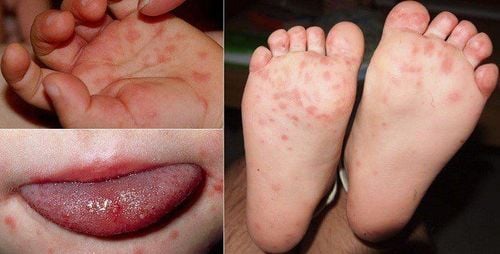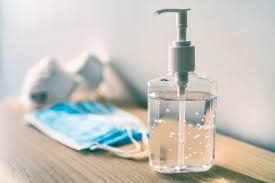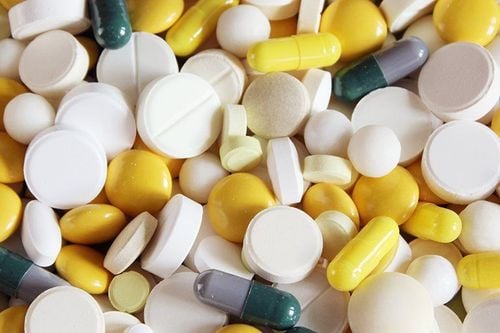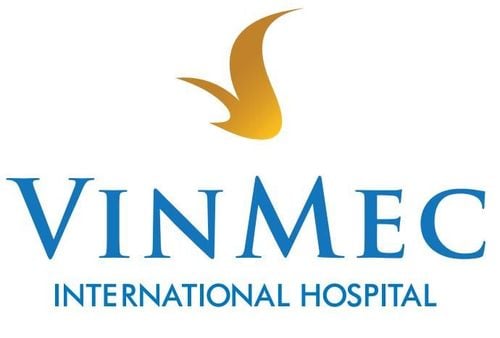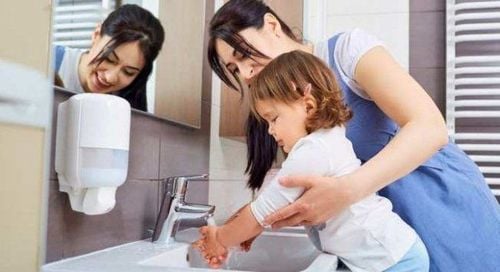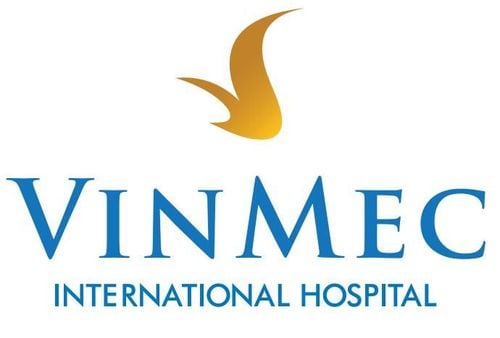This is an automatically translated article.
Children are often exposed to environments with many bacteria and often put their hands in their mouths, but do not always pay attention to proper hand hygiene. In addition, the environment around children has many places containing large amounts of pathogenic microorganisms, which are the leading pathogens for children. Therefore, paying attention to environmental hygiene and proper hand hygiene is an effective prevention measure for children.
1. Places at risk of transmitting disease to children
Although exposing a child to a small amount of microorganisms is good for the child's immune system. But if the amount of microorganisms is too large and has the ability to cause strong and dangerous diseases, it should be avoided for children. Some items and environments that increase a child's risk of illness that need to be cleaned include:
Toothbrush holder Toothbrush holder is one of the most germ-prone places in your home. If there's a toilet nearby, it could be even worse. The flushing of the toilet causes many drops of dirty water to be released into the air. To clean by washing weekly in hot water and then disinfecting,
Pet area Children can come in contact with pets at home or in school places, parks, zoos... Wear Although it helps children grow, they can pass bacteria, viruses and parasites to children through their waste, saliva or hair. Pet toys and bowls can be sources of bacteria including salmonella and E. coli. Children should always wash their hands after touching pets or their toys, dishes or food, and avoid pet kisses. In particular, children should be prevented from bringing food, drinks, baby bottles, pacifiers or toys into the animal area.
Playgrounds with animal droppings Beware of some hazards from soil and animal droppings. They can be a source of tetanus, helminthiasis ... Should wash hands after playing in soiled yards, avoid scratches because of the high risk of tetanus, do not walk barefoot to avoid infection with helminth larvae . Vaccination is a very effective way to prevent tetanus in children.
Refrigerators Microorganisms such as Salmonella , campylobacter and norovirus in the refrigerator can cause colic and diarrhea in children, which are common bacteria in the kitchen. To keep things safe for kids, it's a good idea to store perishable foods properly. Wash and clean the refrigerator regularly, remove those stored for a long time in the refrigerator to avoid forming a reservoir for bacteria.
Floors The floor can have spilled food, grease, is a place for people and pets to move, the floor especially the kitchen can be an unclean place to play. Carpets and hard floors are home to dust mites, mold, food debris, outside dirt, and even insects. These substances can cause allergies and asthma attacks. The fungi that cause tinea pedis and ringworm can also lurk in the ground. Therefore, it is necessary to regularly clean the house with detergents and carpet cleaners to help clean the floor.
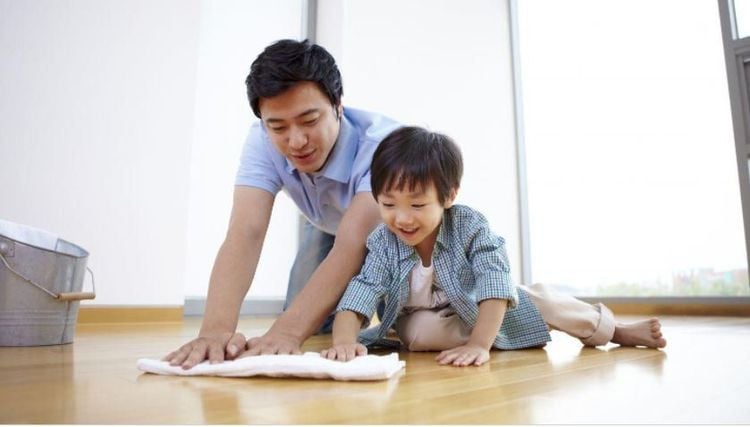
Ngoài việc dạy trẻ rửa tay thì lau sàn nhà sạch sẽ giúp loại bỏ vi khuẩn
Stagnant water A puddle is a great place to play for kids, whether it's a pond, a bucket of rainwater under a leaky roof, or a puddle in a tire swing after a rain. As such, it's also a breeding ground for mold, bacteria, and insects like mosquitoes, which can transmit disease-causing viruses.
Schools A study found that there are more germs on classroom faucets than on toilet seats. The researchers also found that the daily use of hand sanitizers and sanitizers halves the time students miss school due to illness. In addition, the school environment also has many microbial agents due to diseases transmitted by schoolmates, so it is important for parents to avoid close contact with sick children and wash their hands regularly. be careful with your child.
Bedroom Children are the main carriers of lice. Often due to children's head contact with each other, possibly by sharing hats, combs, clothes. The bedroom is a place where items can spread lice to others, because it can be in blankets, pillows or bed sheets. To prevent disease, change the sheets and pillows regularly and clean the head lice on the child's head.
Malls It's no surprise that all sorts of germs await kids at indoor malls, especially during cold, flu, and the COVID-19 virus season. Studies show that escalator rails, elevator buttons, and ATMs are the most microbial spots because they are not cleaned regularly. Hand washing is a measure to help avoid the effects of microorganisms in public places like this.
2. How to help children avoid infectious diseases
Children can put their hands in their mouths, bite their nails, pick their noses... These are ways for germs in their hands to enter the child's body. Because children do not know how to wash their hands properly, the first thing to help children prevent illness is to teach them how to wash their hands properly. It is the most important thing during the time of the covid-19 pandemic, which also helps prevent infectious diseases. Here are tips for children to properly wash their hands:
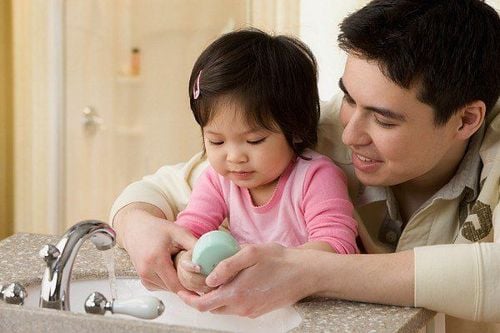
Cha mẹ nên dạy trẻ rửa tay giúp tiêu diệt vi trùng ở bàn tay trẻ
When to wash hands: Encourage hand washing before children handle food and after children use the toilet, sneeze, cough or blow their nose. How to wash hands: Teach your child to use warm water to make a good lather and get a good amount of hand soap. Rub for about 20 seconds, rubbing between your fingers, under your fingernails, and on the back of your hand. Then rinse with water. Hand sanitizers with at least 60% alcohol are a good choice, but they don't remove visible dirt and can make children sick if they swallow it. So, use soap and water to wash your baby when possible. In addition, to reduce the risk of illness for children, it is necessary to clean countertops, floors and other household surfaces with soap and water, which can help reduce dirt and certain types of germs. . You can also disinfect those surfaces with a bleach solution or hydrogen peroxide, for example, which will help kill the germs on these surfaces, and most of these disinfectants can work well when stored in a vacuum. surfaces for more than a minute, so you should let this sanitizer sit on surfaces for at least a minute. Children's hands are the most likely place to come in contact with germs, so hand washing is the way to remove germs. bacteria on children's hands and reduce the risk of disease. Parents should pay attention to teach children to wash their hands properly early and when children can't do it yet, help them, because younger children often put their hands over their mouths.
Please dial HOTLINE for more information or register for an appointment HERE. Download MyVinmec app to make appointments faster and to manage your bookings easily.




